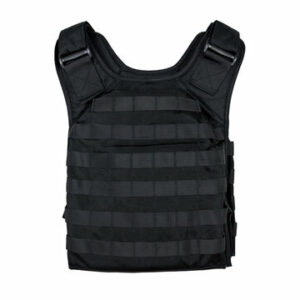Women (and men) of today feel an extreme amount of pressure to conform to the masses’ perception of what ideal beauty is. Whether it be in pursuit of the elusive ‘thigh gap’, a smaller waist, bigger eyes, fuller hair, fitter form, or what-not, the trends of beauty have resulted in a disastrous increase of eating disorders, plastic surgeries, and an overall sense of ‘unhappiness’ with one’s figure.
But as the video above creatively depicts, mankind’s perception of the wholesome and nurturing female aspect has varied greatly within the last 3,000 years. Take a look through the past and the ever-changing opinions on what ‘ideal physical beauty’ might look like.
Perhaps it will inspire you to question just how easily our perceptions and ‘likes’ can be programmed into the subconscious.
Ancient Egypt (c. 1292 – 1069)
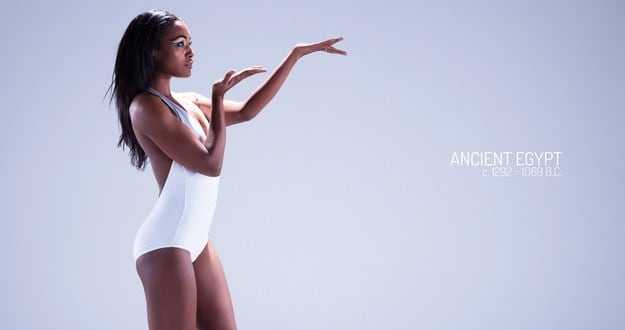
The treatment of women in Egypt was better than it would be for many thousands of years to follow. Women enjoyed an ample amount of freedom, could own property independently from their husbands, and could even initiate divorce from their partner without shame. What’s more, in the sex-positive society of past, women could even inherit titles, like Pharoah!
Art from this era depicts the ideal female figure having long, braided hair, a symmetrical face, thick kohl around the eyes, a high waist, and slim shoulders.
Ancient Greece (c. 500 – 300 B.C.)

The female form was regarded as “a deformed male” by Aristotle, so you can imagine life was less than stellar in this male-centric time. Interestingly, it was the male physique the Greeks were most focused on in this period, therefore it was the men who had more pressure to live up to standards of physical perfection.
Nudity was a common part of Greek society, but women in paintings and sculptures were always covered. Not until the nude sculpture of Aphrodite of Cnidus was created did ancient Greece begin to portray the height of feminine beauty as being plump and full-figured.
Han Dynasty (c. 206 B.C. – 220 A.D.)
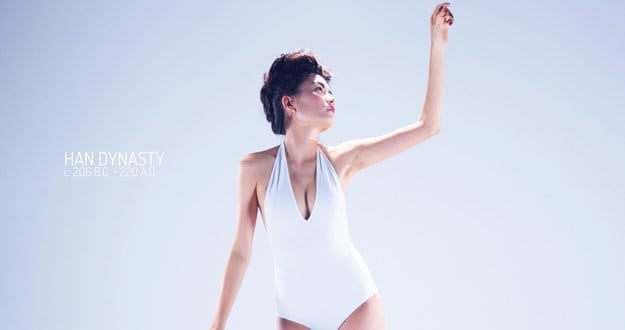
Because Chinese society has been patriarchal since ancient times, the roles and rights of women in society were minimized. During the Han Dynasty period of Chinese history, feminine beauty meant delicate, slim bodies with a radiating inner glow.
Women of this period were expected to have pale skin, long black hair, red lips, white teeth, and a graceful walk with small feet. Small feet, especially, were an aspect of Chinese beauty that would continue to permeate society’s perception of a woman’s ideal body type for years to come.
Italian Renaissance (c. 1400 – 1700)
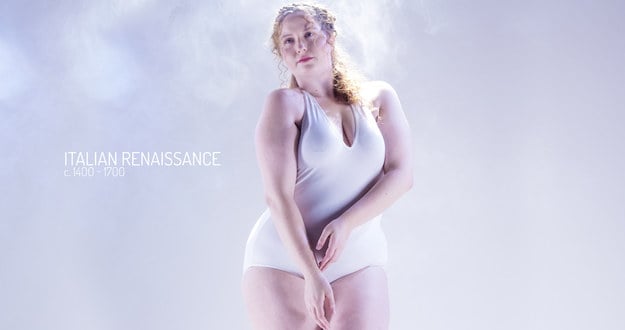
Women who lived during the time of Renaissance in Italy were meant to embody virtue and were often separated from both men in public and at home. What else should you expect from an extremely Catholic and patriarchal society? A woman’s value was linked to her relationship with men, whether it was God, her father, or her husband.
The quality of both a wife’s behavior and looks were meant to reflect her husband’s status. Ideal beauty in the Renaissance period meant a rounded body (including full hips and large breasts), pale skin, strawberry blonde hair, and a high forehead.
Victorian England (c. 1837 – 1901)
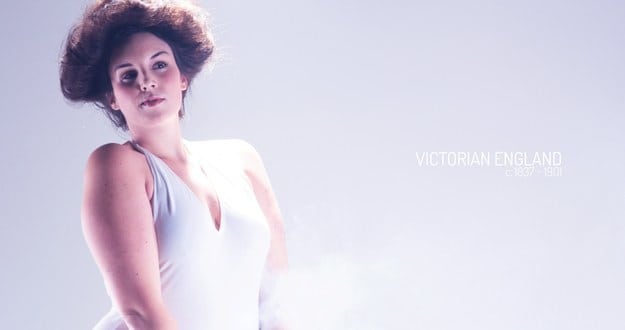
The Victorian era of England lasted the duration of Queen Victoria’s reign. The most influential figure of the era, she was a young queen who became a wife and a mother. In this society, domesticity, family, and motherhood were highly valued because these were embodied by the queen herself.
The style in this period reflected a woman’s motherly position in society, therefore women wore corsets to pinch their waist as tight as possible in effort to create an hourglass figure. Another reason for wearing a corset was that it physically restricted a woman’s range of motion, flaunting her separation from physical labor. Hair was worn long as a symbol of femininity.
Roaring Twenties (c. 1920s)
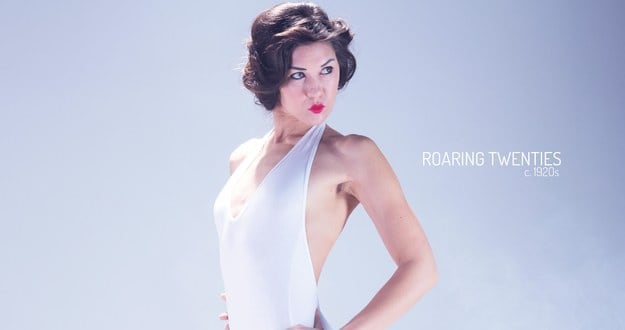
Once women were given the right to vote in the 1920’s, a tone was set for the entire decade: Freedom! Those women who held down jobs during World War I wanted to continue working. Prohibition caused speakeasies to pop up, which, in addition to the rise of “talkies” and the Charleston, contributed to a flapper-friendly culture.
Society in this time favored women with an androgynous look. Beauty was to downplay the waist and wear bras which flattened the chest. Simply put: beauty in the 1920’s was a curveless, boyish body.
Golden Age of Hollywood (c. 1930s – 1950s)
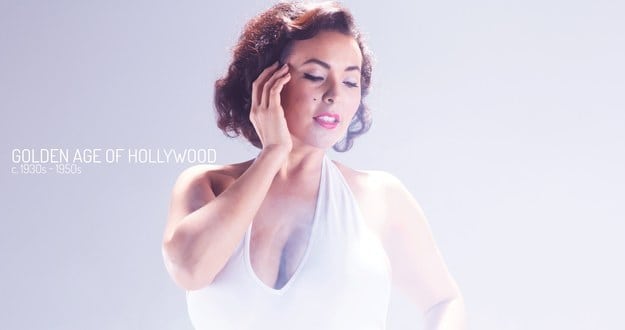
During this 20 year span, the Hays Code was in effect, establishing more parameters of what could or couldn’t be said, shown, or implied on film. The code limited the types of roles available to women, creating an idealized version of women that, for the first time, was spread around the world.
Prominent movie stars from the era, like Marilyn Monroe, flaunted curvier bodies and slim waists.
Swinging Sixties (c. 1960s)
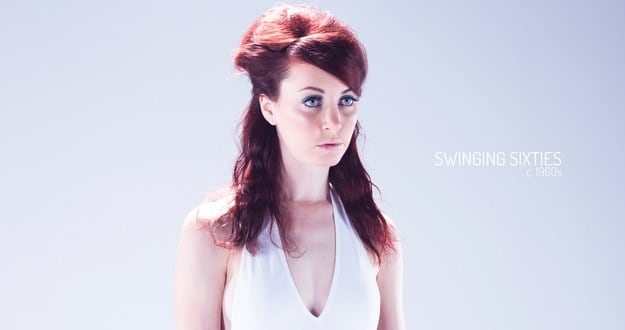
The sixties was a liberating time in history for women: females had opportunity to get more involved in the workplace, use birth control pills, and vocalize their right for equality.
“Swinging London” had a very profound influence throughout the western world during the 1960’s, ushering in mini-skirts and A-line shapes into fashion. As seen in the video, such fashions were best modeled by a woman with a tall and thin frame, thus posing the ‘ideal’ standard of beauty for the decade.
Supermodel Era (c. 1980s)
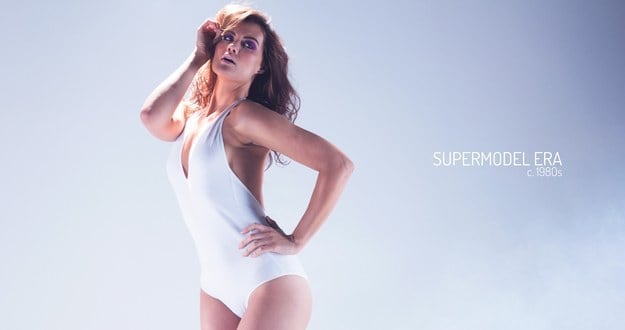
Fit became the ideal for women during this period, as Jane Fonda’s aerobics fed a passion for women to be empowered and take care of their bodies. Supermodels like Cindy Crawford typified the ideal body of the era: tall, slim, athletic, but still buxom.
Important to note: This era also saw a huge increase in anorexia, which some experts think might have been tied to the sudden emphasis on exercise.
Heroin Chic (c. 1990s)
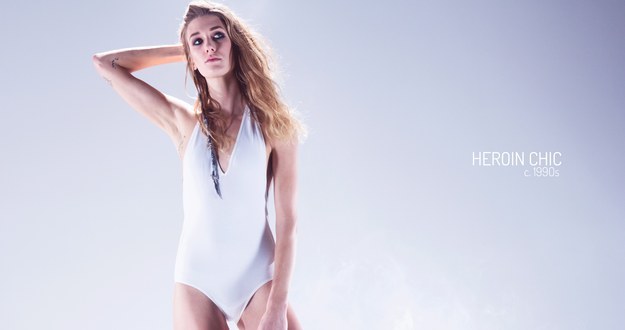
The materialistic and overexertion of the 1980’s with its exercise phase caused a massive fashion swing just one decade later. Thin, withdrawn, and pale, the ideal trend of feminine beauty became typified by starlets like Kate Moss.
Interestingly, Heroin use actually rose during this time, causing President Bill Clinton to comment on the trend in 1997.
Postmodern Beauty (c. 2000s – Today)
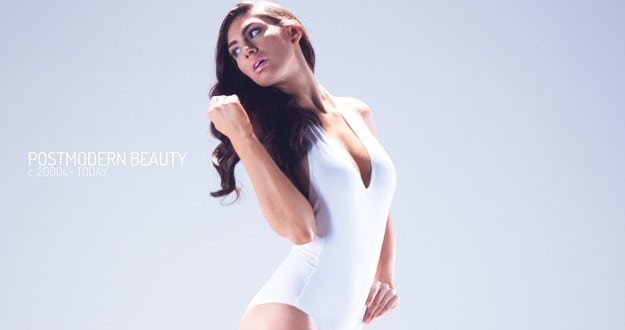
Women in this era have been bombarded by many different requirements chosen to portray the ‘ideal’ standard of beauty. Women should be skinny (but healthy), have large breasts, a voluptuous butt, a flat stomach, and – regardless of genetics – long, toned legs.
To achieve all this, many women are choosing to undergo the knife and receive surgical alterations in order to ‘enhance’ their body and be perceived as ‘more beautiful’.
***
Throughout all of history, there have been standards of beauty determining how an individual (male or female) should look, behave, and act.
Clearly evident by the information outlined in this piece, however, ‘standards’ have changed drastically within the last 3,000 years. This should hopefully inspire one question, “Who is deciding what is beautiful or not?”
Are you aware of how programmed you might be when determining your value or worth based solely on physical appearance? There are a variety of body types, factors which might be perceived as beauty, and reasons to be grateful for the physical vessel you were gifted with.
Do not let media’s standards bully you into naturally or artificially molding your body into others’ perception of what is most attractive. Trends of today will likely be drastically different than tomorrow.
Learn to love yourself for who you are, and find a state of beauty and happiness that best serves YOU.

